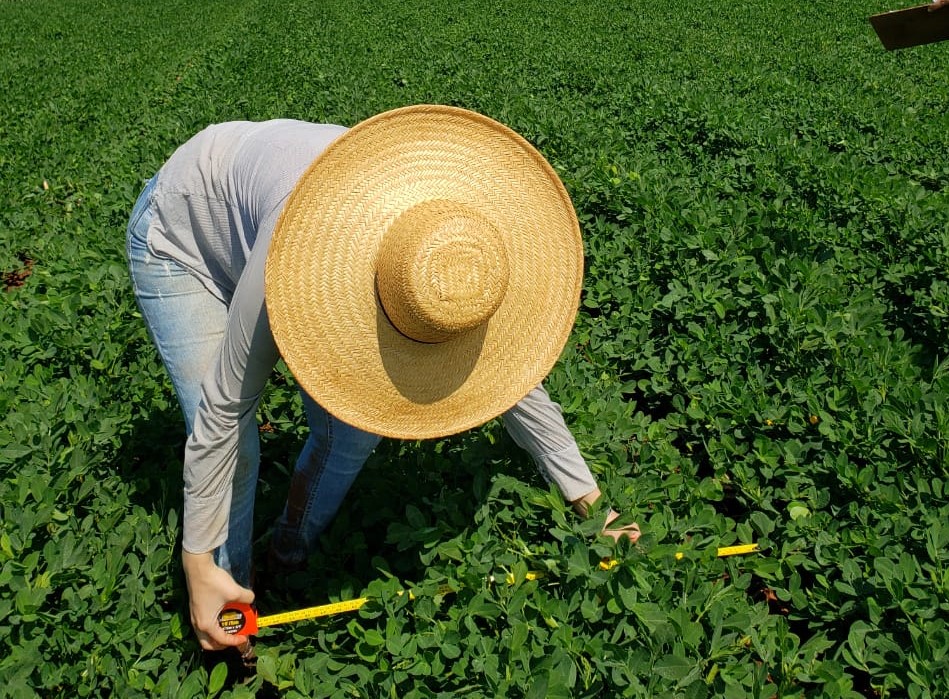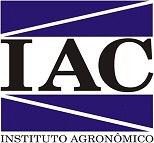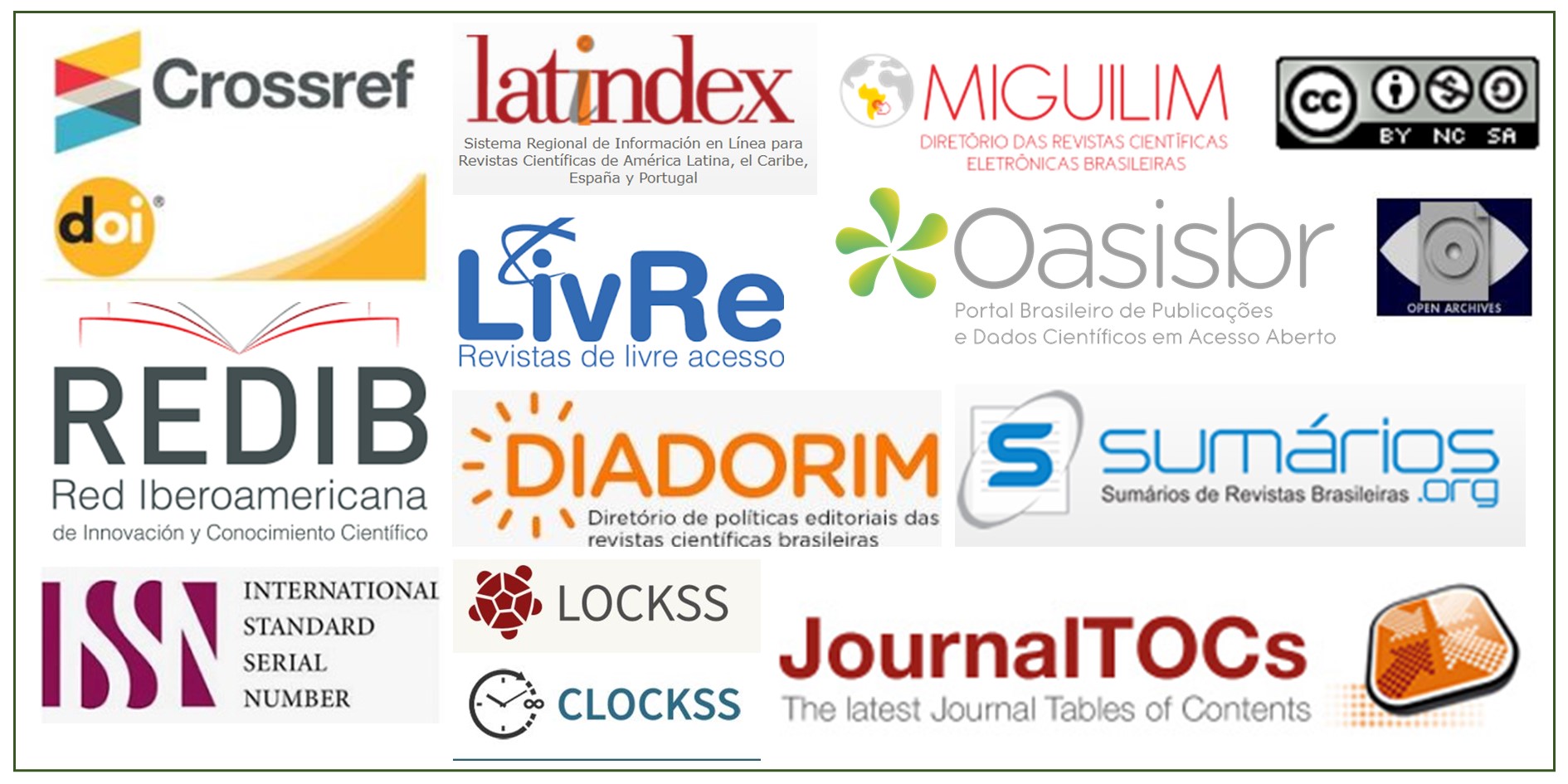Does the application of organic product influence the biophysical parameters of the peanut crop?
DOI:
https://doi.org/10.17648/sas.v1i1.96Keywords:
Arachis hypogaea L., Bioactivator, Nanotechnology, ProductivityAbstract
New plant nutrition alternatives are being tested, among them are the bioactivators of microorganisms in the soil, like Vitasoil that are providing increased productivity. Although it has already been tested for some crops, such as soybeans, cotton, beans, coffee, and corn, there is not still work for peanut crops. In this work, peanut development was monitored, verifying the benefits of this organic product. With this work, the objective was to evaluate the impacts of product based on organic substances on the development of peanut crop, checking if there was an increase in the biophysical characteristics of this crop. The experiment was carried out in an agricultural area in the municipality of Ribeirão Preto, state of São Paulo. The experimental strip design consisted of four treatments and six replications, totaling 24 plots. The treatments, with doses of the product Vitasoil, evaluated were: T1 - Control treatment (control); T2 - 3 g ha-1 (sowing) + 5 g ha-1 (30 DAS); T3 - 3 g ha-1 (sowing) + 5 g ha-1 (30 DAS) + 5 g ha-1 (60 DAS); T4 - 5 g ha-1 (sowing) + 7.5 g ha-1 (30 DAS) + 7.5 g ha-1 (60 DAS). The variables analyzed were plant height and canopy width, both aerial and root biomass, and evaluations were made at 45, 60, 80, 90, and 110 DAS (days after sowing). The variables were subjected to analysis of variance and Student's t-test at 5% probability. In most of the evaluated days, the treatments that showed higher values of plant height and canopy width were the treatments with the application of the product based on organic substances. The aerial dry biomass during the growth stages, and it was also superior in treatments with the application of the product. For root dry matter, the control treatment showed higher values in three of the five days evaluated. The treatments with application of the Vitasoil bioactivator showed the highest values of height, plant width and dry biomass of aerial part. For root dry biomass, the control treatment showed higher values in three of the five days evaluated. Further studies are needed to define the dose of the product to achieve greater development of biophysical parameters.
Downloads

Downloads
Published
How to Cite
Issue
Section
License
Autores concordam com os seguintes termos:
a) Os autores mantêm os direitos autorais e concedem à revista o direito de primeira publicação, com o trabalho simultaneamente licenciado sob a LicençaAttribution-NonCommercial-ShareAlike 4.0 International, que permite o compartilhamento do trabalho com reconhecimento da autoria e publicação inicial na Revista SAS. A licença permite o uso, a distribuição e a reprodução irrestrita, em qualquer meio, desde que devidamente citada a fonte. Essa licença permite também que outros remixem, adaptem e criem a partir do seu trabalho para fins não comerciais, desde que atribuam a você o devido crédito e que licenciem as novas criações sob termos idênticos.
b) Não cabe aos autores compensação financeira a qualquer título, por artigos ou resenhas publicados na South American Sciences.
c) Os conceitos expressos nos artigos publicados na South American Sciences são de inteira responsabilidade de seus autores.








